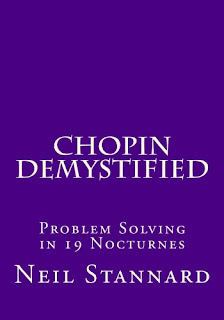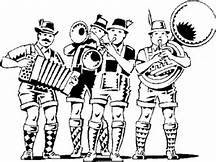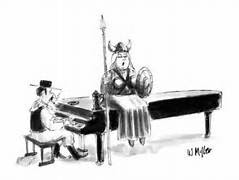 Yesterday I found myself enthralled by historic
Yesterday I found myself enthralled by historicperformances of vocal music—historic but still sonically palatable. There was the complete Turandot with the dream cast of Nilsson, Tebaldi, Bjorling and Tozzi. Then I heard the first act of Butterfly with Scotto and Bergonzi,
although, these great singers notwithstanding, that performance is molded by the able baton of Sir John Barbirolli. I was struck suddenly by how important the conductor really is. (Duh.) No, really.
The conductor does much more than wave a stick until the music stops, then turn around and bow. He/she accommodates the singers in such a way as to allow the music to expand and contract as required in order to make its dramatic points. But wait, there's more. He also protects the balance between soloist and orchestra in such a way as to provide clearance for the voices but without yielding structural support. And, wait for it, he also voices the choirs within the orchestra in order to give credence to the composer's color palette, which in the final analysis makes it all work. That's a lot. And none of it is possible without technical command of the available forces.
This is on my mind because a student asked recently about help becoming a more proficient collaborative pianist. We do all of the above conductor's tasks, but with our bare hands. And without a firm technical foundation, success will be ellusive. Have a look at The Collaborative Pianist's Guide to Practical Technique, I said, for stepping stones to becoming the best conductor at the piano possible. Here you will find examples from standard repertoire that hone pianistic skills while integrating a variety of styles into your repertoire. This is the study that helps develop color and variety in solo repertoire, as well.














